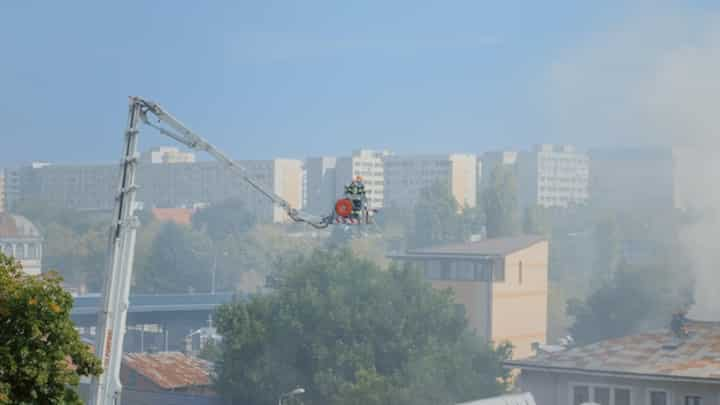
Top Commercial Fire Damage Repair Contractors
Fire damage can have devastating effects on commercial properties, necessitating prompt and effective restoration to resume business operations. Identifying the right fire damage repair contractor is crucial for efficient recovery. This article provides insights into the top considerations for selecting a commercial fire damage repair contractor, ensuring that restoration efforts are handled by skilled professionals.
Key Qualities of Top Fire Damage Repair Contractors
When searching for a reliable fire damage repair contractor, certain qualities and certifications stand out. Here are essential factors to consider:
- Experience and Expertise: Contractors should have a proven track record in handling various fire damage scenarios, showcasing their ability to manage complex restoration projects.
- Certifications: Look for certifications from recognized industry bodies, ensuring adherence to safety and quality standards.
- Comprehensive Services: The ability to offer a wide range of services, from initial assessment to final restoration, is crucial for seamless recovery.
- Emergency Response: Prompt response times are critical in minimizing further damage and expediting the restoration process.
- Customer Reviews and Ratings: Positive feedback from previous clients can provide insights into the contractor’s reliability and service quality.
Explore further insights here about evaluating contractor credentials.
The Restoration Process
Understanding the typical restoration process can aid in assessing a contractor’s capability. Here is an overview of the steps involved:
Initial Assessment and Planning
- Damage Evaluation: Initial inspection to assess the extent of the damage and determine necessary actions.
- Plan Development: Creating a detailed restoration plan tailored to the specific needs of the property.
Mitigation and Cleanup
- Debris Removal: Safe and efficient removal of debris and hazardous materials.
- Water Extraction: Addressing water damage resulting from firefighting efforts to prevent mold growth and structural issues.
- Smoke and Soot Cleanup: Specialized cleaning methods to eliminate smoke and soot residues.
Learn more in this detailed guide about the importance of thorough cleanup.
Restoration and Repair
- Structural Repairs: Addressing any structural damage to restore the building’s integrity.
- Reconstruction: Rebuilding damaged sections to their original or improved condition.
- Finishing Touches: Final steps to ensure the property is ready for occupancy, including painting, flooring, and fixture installation.
Read more about this topic to understand how contractors ensure quality during restoration.
Importance of Indoor Air Quality
Post-fire restoration must include measures to improve indoor air quality, as smoke and soot can linger and pose health risks. Top contractors will incorporate air quality assessments and appropriate remediation strategies.
- Air Filtration: Using HEPA filters and air scrubbers to remove pollutants from the air.
- Ventilation Improvements: Enhancing ventilation systems to ensure fresh air circulation.
Find additional information here about maintaining air quality after fire damage.
Conclusion
Selecting the right commercial fire damage repair contractor is essential for effective and efficient restoration. By focusing on experience, comprehensive services, and the ability to enhance indoor air quality, businesses can ensure a swift return to normal operations. For more detailed insights into fire damage restoration and contractor selection, read more about this topic.